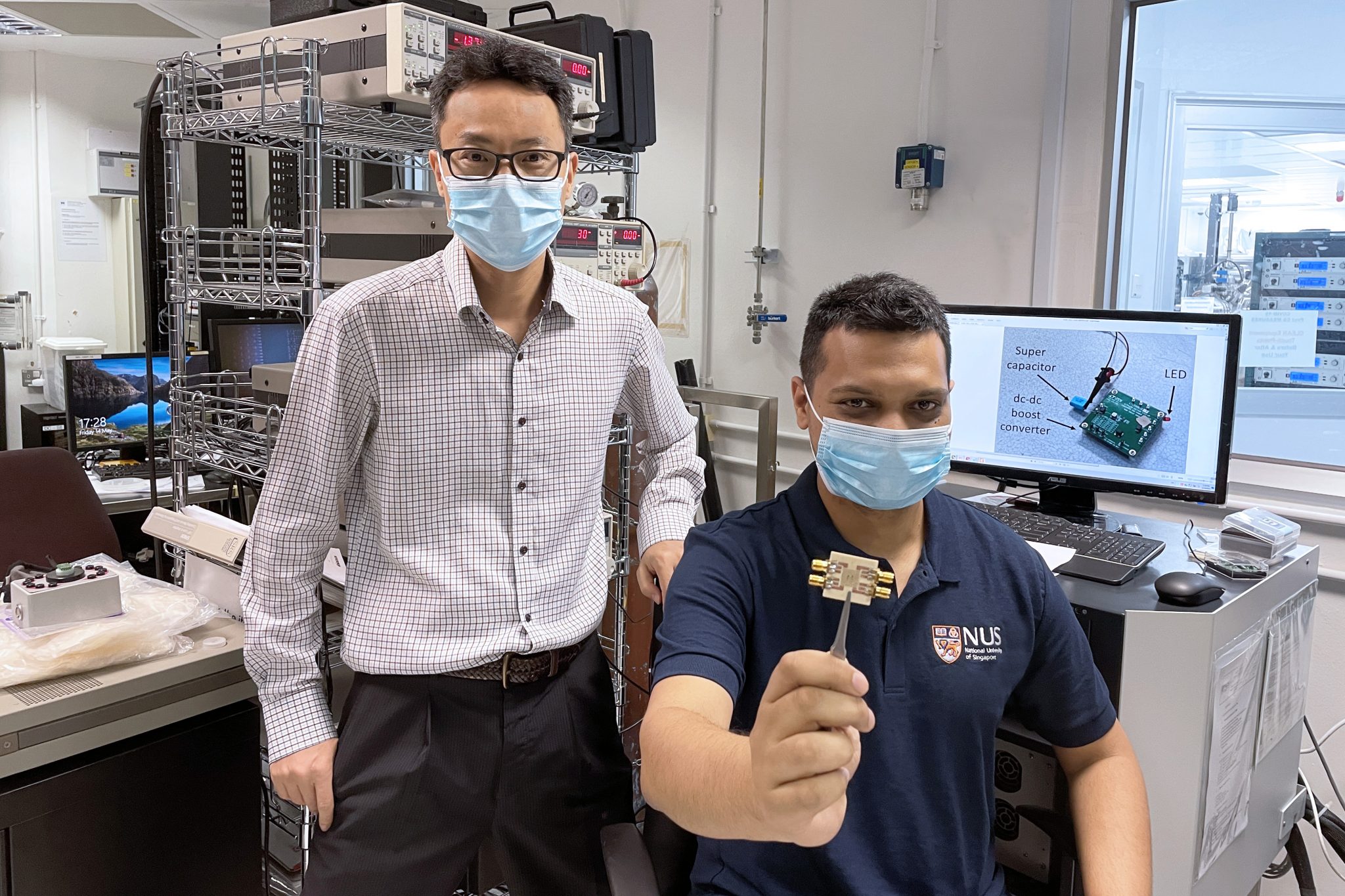
A new technology capable of harvesting energy from unused WiFi signals has been developed by a team of researchers at NUS Engineering in collaboration with colleagues from Japan's Tohoku University.
Using an array of tiny smart devices known as spin-torque oscillators (STOs), the researchers developed a system to harvest and convert wireless radio frequencies into energy to power small electronics.
In their study, the researchers were able to use WiFi signals to power a light-emitting diode (LED) without using any battery.
Going forward they are now looking to increase the number of STOs in the array, with a view to harvesting more energy that could be used for wirelessly charging other larger electronic devices such as sensors.
"We are surrounded by WiFi signals, but when we are not using them to access the Internet, they are inactive, and this is a huge waste," said Professor Yang Hyunsoo from NUS Electrical and Computer Engineering, who spearheaded the project.
"Our latest result is a step towards turning readily-available 2.4GHz radio waves into a green source of energy, hence reducing the need for batteries to power electronics that we use regularly. In this way, small electric gadgets and sensors can be powered wirelessly by using radio frequency waves as part of the Internet of Things."
For more on this story, click here to go to NUS News





